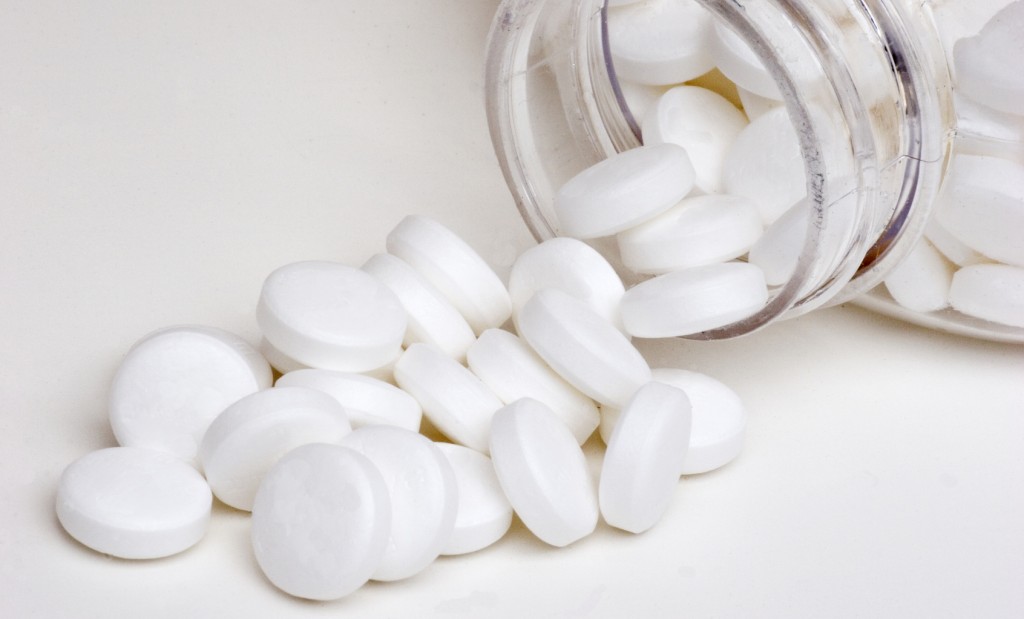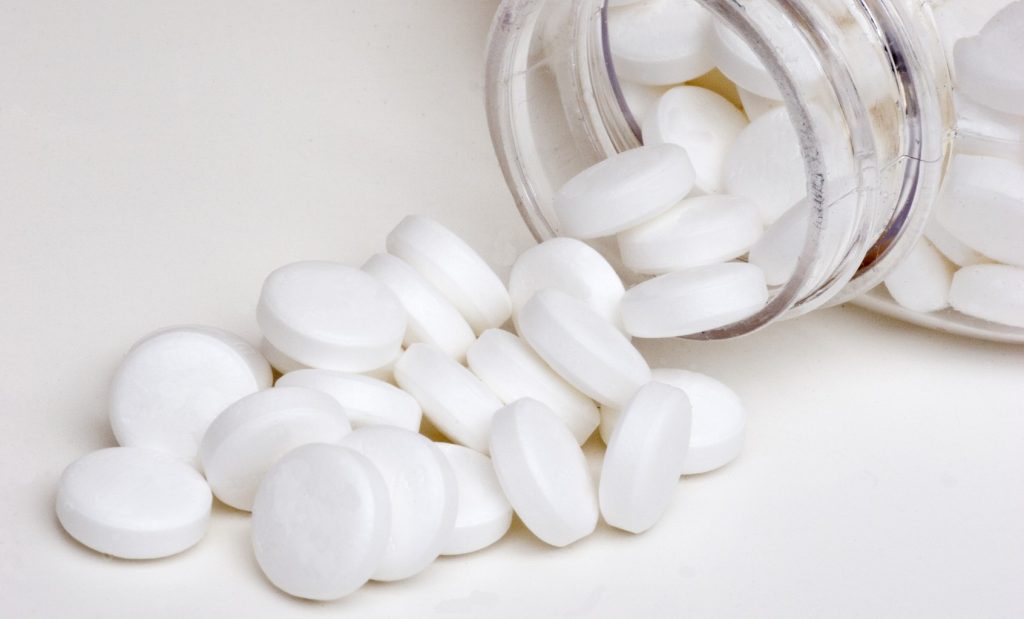Uncle John knows pretty much everything—and if he doesn’t, he heads his massive research library, or puts one of his many associates on the case. So go ahead: In the comments below, ask Uncle John anything. (And if we answer your question sometime, we’ll send you a free book!)

How does a painkiller like aspirin or ibuprofen know where you’re hurting and go there?
For one thing, the pill itself doesn’t know what to do. It’s a collection of chemicals and doesn’t have a brain or sense of duty. But the body seems to know what to do when it’s hurting and an outside force comes in to help. (Well, mostly. And it does take a while.)
The first place the pill goes after you ingest it is into the stomach. There, it dissolves in the stomach acid and other liquids hanging out in there. Or, if it doesn’t dissolve right away for whatever reason (a full stomach, for example), it gets caught up in the digestive process and moves on to the small intestine. Either way, the pain-relieving chemicals in the pill are then broken down into a manageable, molecular form by the liver (more on that later) and then enter the bloodstream.
The blood, as you remember from high school health class, travels all over the body, to every last cell. That means the aspirin molecules go to every cell in the body, too. Say you’ve got a headache. The aspirin takes a stop in your elbow, for example, but you don’t feel it do anything there because it doesn’t do anything there. Reason: No pain-transmitting chemicals are firing off in the elbow. Up in the head, though, pain transmitters are going off, and the analgesic responds.
The reason you have to take more aspirin or ibuprofen a couple of hours later is because the process that carries them to the place of pain dilutes the pain-killing chemicals. Particularly the liver. For even though the aspirin is there to help, the liver has to break down, transform, and filter the ingredients in the aspirin before it can hit the bloodstream.








